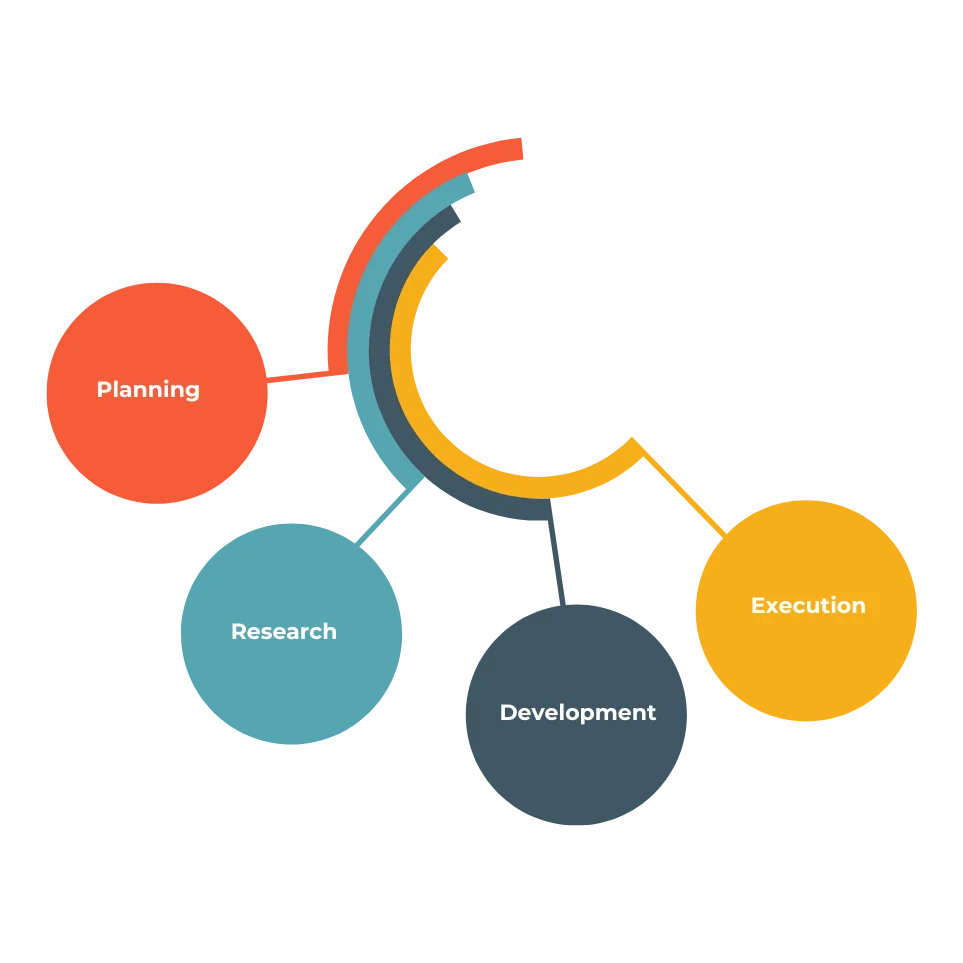
Are your team, volunteers, members, and project partners all on the same page—or are things slipping through the cracks? Use these 10 cards to foster collaboration, share vision, and turn your team into most loyal ambassadors.
Are you actively engaging with your community, or are you broadcasting information with little interaction? Do you have a great network of supporters? Use these 10 cards to activate your crowd.
Is your fundraising communication hitting the right notes, or is it falling on deaf ears? Are your messages to individual donors, businesses, and funding organizations compelling and clear? Use these 10 cards to build lasting relationships with donors and other important stakeholders.
What will people discover if they Google your organization? Will they find a polished presence that reflects your mission and values—or an outdated website and half-forgotten listings on platforms like SALTO? Are your public presentations at events aligning with your brand?
What will people discover if they Google your organization? Will they find a polished presence that reflects your mission and values—or an outdated website and half-forgotten listings on platforms like SALTO? Are your public presentations at events aligning with your brand?
What will people discover if they Google your organization? Will they find a polished presence that reflects your mission and values—or an outdated website and half-forgotten listings on platforms like SALTO? Are your public presentations at events aligning with your brand?
What will people discover if they Google your organization? Will they find a polished presence that reflects your mission and values—or an outdated website and half-forgotten listings on platforms like SALTO? Are your public presentations at events aligning with your brand?
What will people discover if they Google your organization? Will they find a polished presence that reflects your mission and values—or an outdated website and half-forgotten listings on platforms like SALTO? Are your public presentations at events aligning with your brand?

Infuse empathy into your messages to build trust.
Why It’s Needed:
Empathetic communication creates a supportive environment, enhancing relationships within the team.


Resolve conflicts constructively within your team.
Why It’s Needed:
Effective conflict resolution fosters a positive work environment and promotes collaboration.


Communicate clear objectives to align everyone.
Why It’s Needed:
Effective communication of your vision and goals ensures all team members are unified.


Evaluate your communication skills and strategies.
Why It’s Needed:
Regular self-assessment helps identify areas for growth, leading to more effective communication.


Communicate respectfully across different cultural contexts.
Why It’s Needed:
Cultural sensitivity improves relationships and fosters a more inclusive environment.


What will people discover if they Google your organization? Will they find a polished presence that reflects your mission and values—or an outdated website and half-forgotten listings on platforms like SALTO? Are your public presentations at events aligning with your brand?
What will people discover if they Google your organization? Will they find a polished presence that reflects your mission and values—or an outdated website and half-forgotten listings on platforms like SALTO? Are your public presentations at events aligning with your brand?
What will people discover if they Google your organization? Will they find a polished presence that reflects your mission and values—or an outdated website and half-forgotten listings on platforms like SALTO? Are your public presentations at events aligning with your brand?
What will people discover if they Google your organization? Will they find a polished presence that reflects your mission and values—or an outdated website and half-forgotten listings on platforms like SALTO? Are your public presentations at events aligning with your brand?
What will people discover if they Google your organization? Will they find a polished presence that reflects your mission and values—or an outdated website and half-forgotten listings on platforms like SALTO? Are your public presentations at events aligning with your brand?
What will people discover if they Google your organization? Will they find a polished presence that reflects your mission and values—or an outdated website and half-forgotten listings on platforms like SALTO? Are your public presentations at events aligning with your brand?
What will people discover if they Google your organization? Will they find a polished presence that reflects your mission and values—or an outdated website and half-forgotten listings on platforms like SALTO? Are your public presentations at events aligning with your brand?
What will people discover if they Google your organization? Will they find a polished presence that reflects your mission and values—or an outdated website and half-forgotten listings on platforms like SALTO? Are your public presentations at events aligning with your brand?
What will people discover if they Google your organization? Will they find a polished presence that reflects your mission and values—or an outdated website and half-forgotten listings on platforms like SALTO? Are your public presentations at events aligning with your brand?
What will people discover if they Google your organization? Will they find a polished presence that reflects your mission and values—or an outdated website and half-forgotten listings on platforms like SALTO? Are your public presentations at events aligning with your brand?

Visually communicate the urgency of your mission.
Why It’s Needed:
A well-designed infographic simplifies complex information and captures attention.


Show real-life transformations through storytelling.
Why It’s Needed:
Authentic stories create emotional connections that drive engagement.


Show how donor funds are allocated.
Why It’s Needed:
Transparency builds trust and encourages continued support.


Demonstrate the impact of every contribution.
Why It’s Needed:
Emphasizing small donations encourages more people to contribute.


Align your mission with corporate interests.
Why It’s Needed:
This presentation shows companies how supporting your cause benefits them.

What will people discover if they Google your organization? Will they find a polished presence that reflects your mission and values—or an outdated website and half-forgotten listings on platforms like SALTO? Are your public presentations at events aligning with your brand?
What will people discover if they Google your organization? Will they find a polished presence that reflects your mission and values—or an outdated website and half-forgotten listings on platforms like SALTO? Are your public presentations at events aligning with your brand?
What will people discover if they Google your organization? Will they find a polished presence that reflects your mission and values—or an outdated website and half-forgotten listings on platforms like SALTO? Are your public presentations at events aligning with your brand?
What will people discover if they Google your organization? Will they find a polished presence that reflects your mission and values—or an outdated website and half-forgotten listings on platforms like SALTO? Are your public presentations at events aligning with your brand?
What will people discover if they Google your organization? Will they find a polished presence that reflects your mission and values—or an outdated website and half-forgotten listings on platforms like SALTO? Are your public presentations at events aligning with your brand?